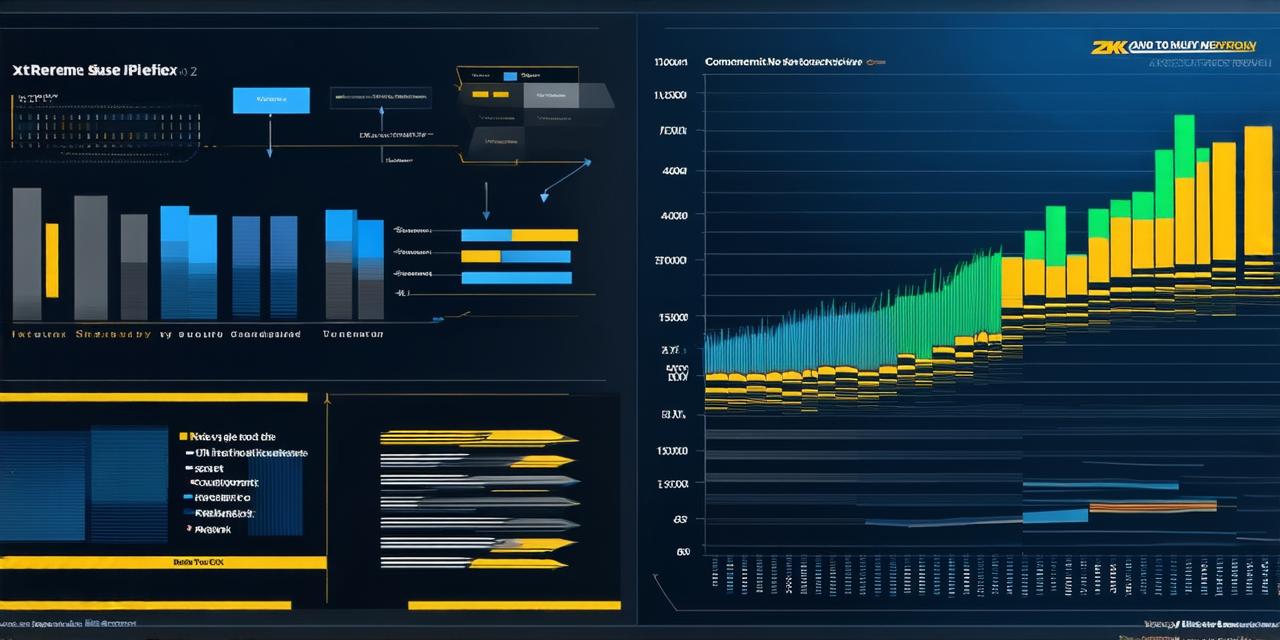Mixed mode is a concept that refers to a combination of different modes or methods used in a project or process. In other words, it involves using both qualitative and quantitative approaches, as well as combining different tools and techniques. This article will provide a brief overview of mixed mode, including its definition, benefits, and challenges.
Definition of Mixed Mode
Mixed mode is the use of a combination of different methods, approaches, or tools in a project or process. The goal of mixed mode is to maximize the strengths of each method while minimizing their weaknesses. This approach allows for a more comprehensive and holistic understanding of a situation, as well as providing a range of solutions to problems.
Benefits of Mixed Mode
There are several benefits to using mixed mode in projects and processes. Firstly, it can provide a more comprehensive understanding of a situation. By combining different methods and approaches, the researcher or practitioner can gain insights into both the qualitative and quantitative aspects of the problem at hand. This can lead to a deeper understanding of the underlying causes and effects of the problem, as well as potential solutions.
Challenges of Mixed Mode
While there are many benefits to using mixed mode, there are also some challenges that need to be considered. One of the main challenges is ensuring that the methods used in the process are appropriate for each stage. For example, a qualitative approach may not be suitable for analyzing quantitative data.
Challenges of Mixed Mode
Another challenge is ensuring that the results from different methods are integrated and interpreted appropriately. This requires careful consideration of the strengths and weaknesses of each method, as well as an understanding of how they relate to one another.
Challenges of Mixed Mode
Finally, there may be issues with data quality and reliability when using mixed mode. For example, if the data collected from one method is not representative or reliable, it could impact the accuracy of the results from other methods.
Conclusion
Mixed mode is a powerful tool that can provide a more comprehensive and accurate understanding of a situation. By combining different methods and approaches, researchers and practitioners can identify the most appropriate tools for each stage of the process, minimize biases, and save time and resources. However, it is important to carefully consider the challenges associated with mixed mode and ensure that the methods used are appropriate and integrated appropriately.



